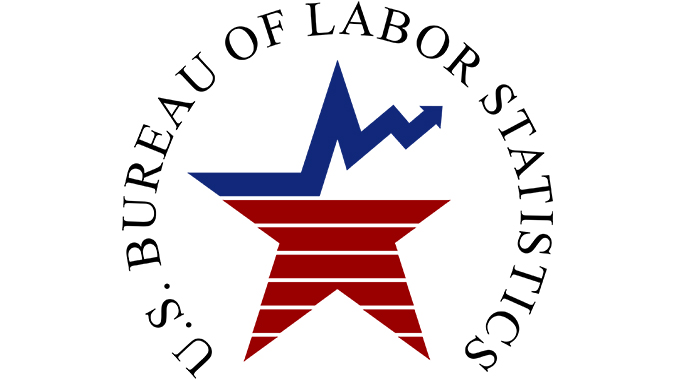
A decade ago, the United States was collapsing into a severe financial crisis. Today, the United States is enjoying a strong labor market with employment at levels that approximate full employment.
The September 2018 Employment Situation Report revealed that non-farm payrolls expanded by 134,000 with the unemployment rate (U-3) declining to 3.7%. That is the lowest unemployment rate since December 1969 when unemployment stood at 3.5%.
At this stage of the economic cycle, the labor market is very strong. Employment continues to grow at levels sufficient to continue to reduce the unemployment rate. A growing body of data highlights that the biggest current problem facing the labor market is not an insufficient number of jobs or low job creation, but not enough workers to fill a growing number of job openings.
At present, the data suggests that there is little slack left in the labor market. The September employment report revealed that the percentage of those who are not in the labor force, but want a job was just 5.4% in September. A year ago, 6.0% of persons who were not in the labor force wanted a job.
In cases where there is significant slack, those figures would be higher. For example, in January 2011, 7.5% of persons not in the labor force wanted a job. That was nearly 40% above the current level.
The employment report also noted that the median duration of unemployment had fallen to 9.2 weeks. In January 2011 that figure was 21.7 weeks. The September 2018 ratio of persons unemployed for 27 weeks or longer-to-persons unemployed fewer than 15 weeks was 0.37, meaning that there were fewer than 2 persons unemployed for 27 weeks or longer for every 5 persons unemployed for fewer than 15 weeks. In contrast, that ratio was 1.09 in January 2017.
The Bureau of Labor Statistics’ Job Openings and Labor Turnover Survey (JOLTS) for July 2018 (which was released on September 11) revealed that job openings reached a new series high of 6.9 million. The growth in job openings indicates that positions are being created faster than companies can employ workers.
The Federal Reserve’s September 12, 2018 Beige Book corroborated the findings of the job openings and labor turnover survey. That report revealed:
Labor markets continued to be characterized as tight throughout the country, with most Districts reporting widespread shortages. While construction workers, truck drivers, engineers, and other high-skill workers remained in short supply, a number of Districts also noted shortages of lower-skill workers at restaurants, retailers, and other types of firms. Employment grew modestly or moderately across most of the nation, though Dallas noted robust job growth, while three Districts reported little change that partly reflected a dearth of applicants. Six of the twelve Districts cited instances in which labor shortages were constraining sales or delaying projects.
Over time, supply-side constraints from labor market tightness could lead to a number of developments including an acceleration in wage growth, a need for companies to offshore some of their production, and/or relatively slower economic growth than would otherwise be the case.
Already, there may be a hint of some acceleration in wage rate growth. The Employment Situation Report found that average hourly earnings rose at a 3.3% annualized rate over the past 6 months vs. the 12-month average of 2.8%. This difference in wage growth rates hints at some pickup in the rate of wage increases in recent months, as would be expected as employers begin to compete more aggressively to fill openings and/or retain key employees.
Even a moderate slowdown in employment growth may not alleviate the current labor market tightness. In recent years, the unemployment rate-neutral level of employment growth, the level of job creation necessary to maintain a stable unemployment rate, has declined. An October 2016 study by the San Francisco Federal Reserve estimated that such job growth ranged between 50,000 and 110,000 jobs per year.
That range is broadly in line with the 10-year moving average monthly growth in the working age population (ages 15-64). In August 2018, the latest date for which such data is available, that figure was 82,400. Five years ago, it was 125,900. Ten years ago it was 195,300. (St. Louis Fed)
Ten years ago, the nation faced rapidly increasing anxiety as a panic strangled its financial markets, the economy contracted at an accelerating rate, and job losses mounted. Today, the state of the labor market is a source of strength and its strength is something Americans can celebrate.
